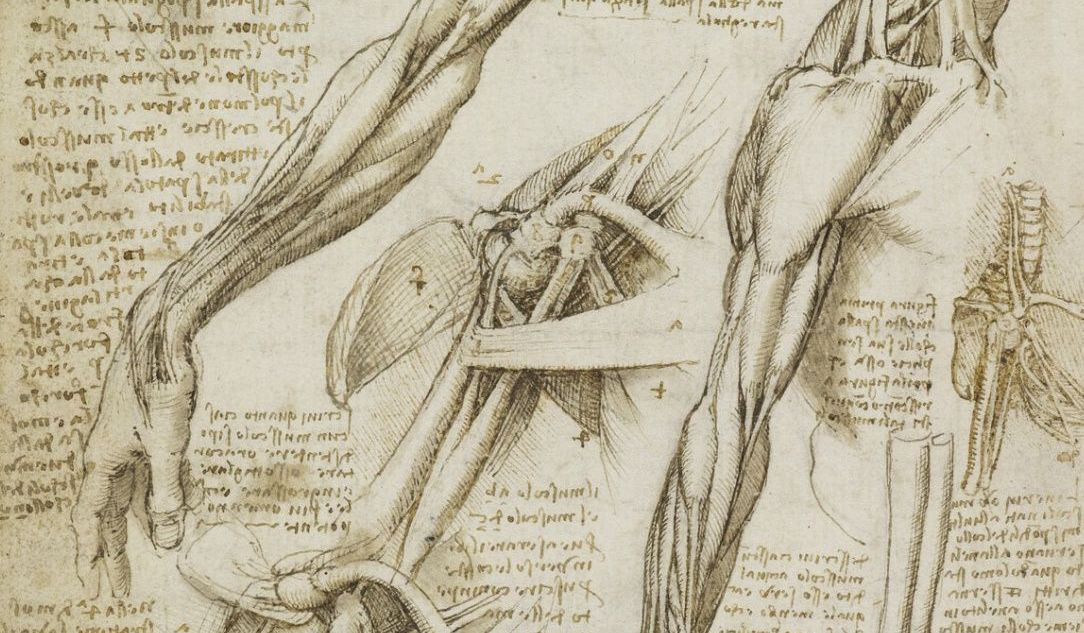This post comes from the fact that I do not know what to do while I am observing a semi-infinite list of files to convert, in an openSource program because the commercial programs that I pay almost 1000 euros per year subscription for the umpteenth time have resubmitted the bug of the VBR…
In short, when compressing video files with technologies derived from the logic of the gop, group of picture, you can define a tot of data per second, constants (so value / n frames per second) or variable value according to the content (Variable Bit Rate), now all recording systems use this second option because it optimizes quality, space occupied, device management in general.
for some years (from 2015 in particular) a well-known suite has a recurring bug that randomly disappears and reappears, so if we take a VBR file, we put it on a timeline, or we do convert it in a batch format the resulting file will have the audio that will go out sinc in a completely random way, because it seems that there is some problem to keep the synchronous audio video between frames and images. Even if you export only the audio and reimport the resulting wave, it will no longer be synchronous with the original files.
The embarrassing fact is that instead a whole series of free/opesource products do not have this problem. And the only solution suggested by the same company is to convert to a DI format or even the same compressed format and then edit it…
When I was paying for the perpetual license, the encoding and decoding codecs were licensed by the German MainConcept and these kinds of problems did not exist, today they update every 6 weeks the software, every three times there are notable bugs like this.
Solution 1 : Use software that uses its codecs to convert to a Di format that does not generate the defect
Solution 2: Leave the suite and move to more stable products
Solution 3: Sue that company for a series of work-related damage [ah dimenticavo, non lo può fare nessuno, perchè durante l’installazione se si leggessero le righe piccole si saprebbe che il software viene fornito as is, e l’azienda non è responsabile di malfunzionamenti, danni derivati da problemi del software etc etc]
If you can, follow route number 2, otherwise look for one of the many ffmpeg interfaces and solve with it the problem of conversion.



